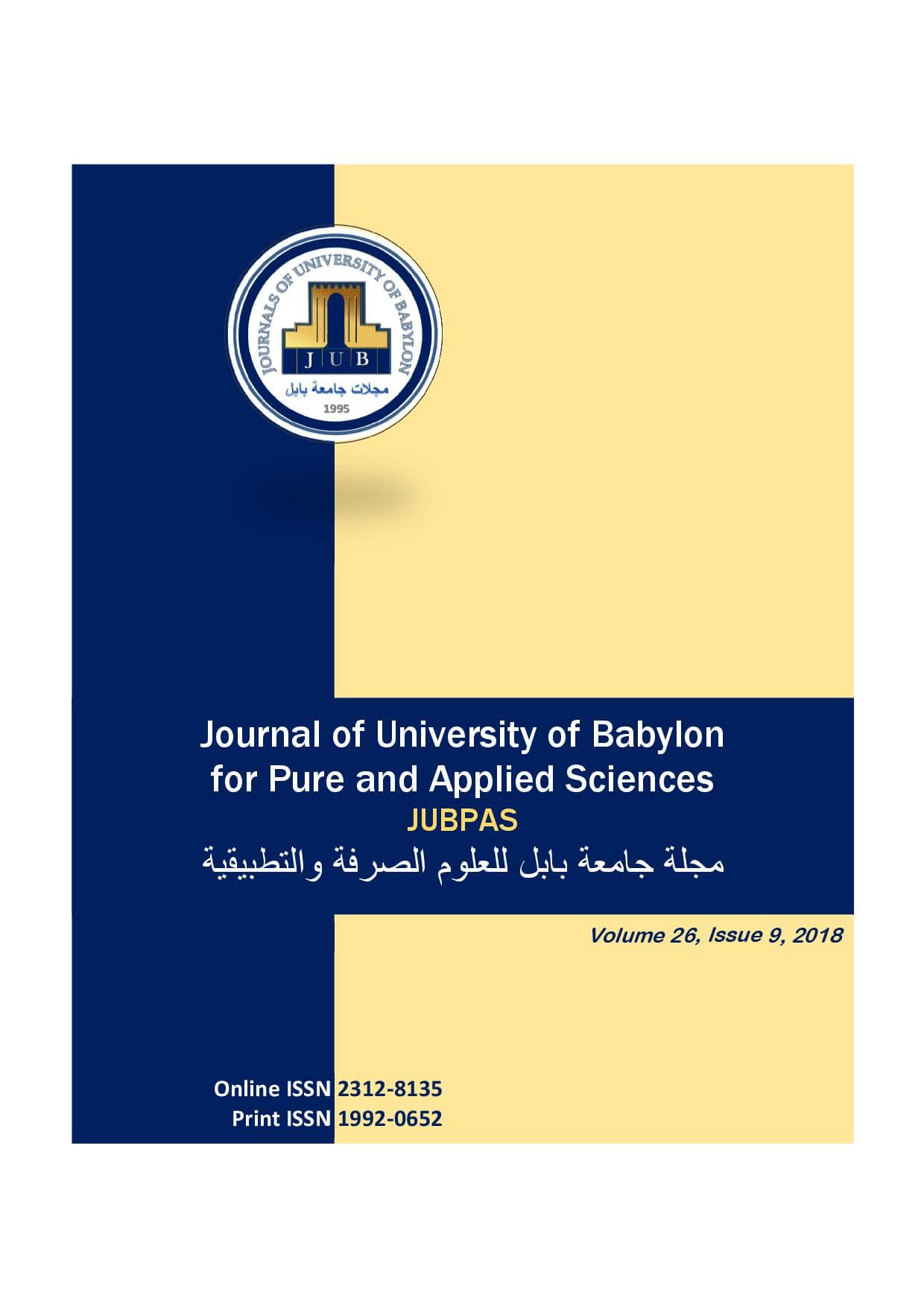Endoscopic Versus External Approach Dacryocystorhinostomy: Iraqi Study
Main Article Content
Abstract
Background
Dacryocystorhinostomy (DCR) is a process which includes creating a drainage in the lacrimal pathway to the nasal cavity and its purpose is to facilitate the drainage of the lacrimal system.
Aim
To ensure and register the results and advantages of both : endonasal endoscopic and external DCR include the patency rate, complication and patient compliance.
Materials and Methods
The study was performed at Al-Hilla teaching hospital in Iraq lasted for about sixteen months with various patients, 50 case of them is endoscopic and 30 cases of them are external. DCR follow up previously obstructed lacrimal system might be at least 6 months. By using χ2 test , the surgical outcome and complications were evaluated and compared.
Results
Seventy-two patients were been included in this study with 6 having bilateral involvement, 20 patients were male and 52 were female. The age for endoscopic and external DCR was about 33 years for male and 46 years for a female in the mean. The right eye (64%) was more commonly involved as compared with the left eye (36%). Regarding the commonest presenting symptom was epiphora in percentage (63.7%). The duration of surgery was longer in the external (mean 120 minutes) than the endoscopic (mean 49 minutes) DCR. Regarding the most common immediate complication postoperatively was bleeding which has seen in 33 % and 10 % in external and endoscopic DCR cases. Regarding the success rate of surgery was 90 % and 96.6% for endoscopic and external DCR, respectively (P=0.045). In the endoscopic DCR group, 4 patients had been under went the revision surgery leading to a total successful surgical rate of 97% in 3rd month of follow up. The success rate was 92% regarding the endoscopic DCR while 93.3 % regarding the external DCR. The difference wasn’t greatly significant (P =0.60).
Conclusion
The procedure of the intranasal endoscopic DCR regards as a safe, simple, daycare procedure, minimally invasive and had comparable result with conventional external DCR.
